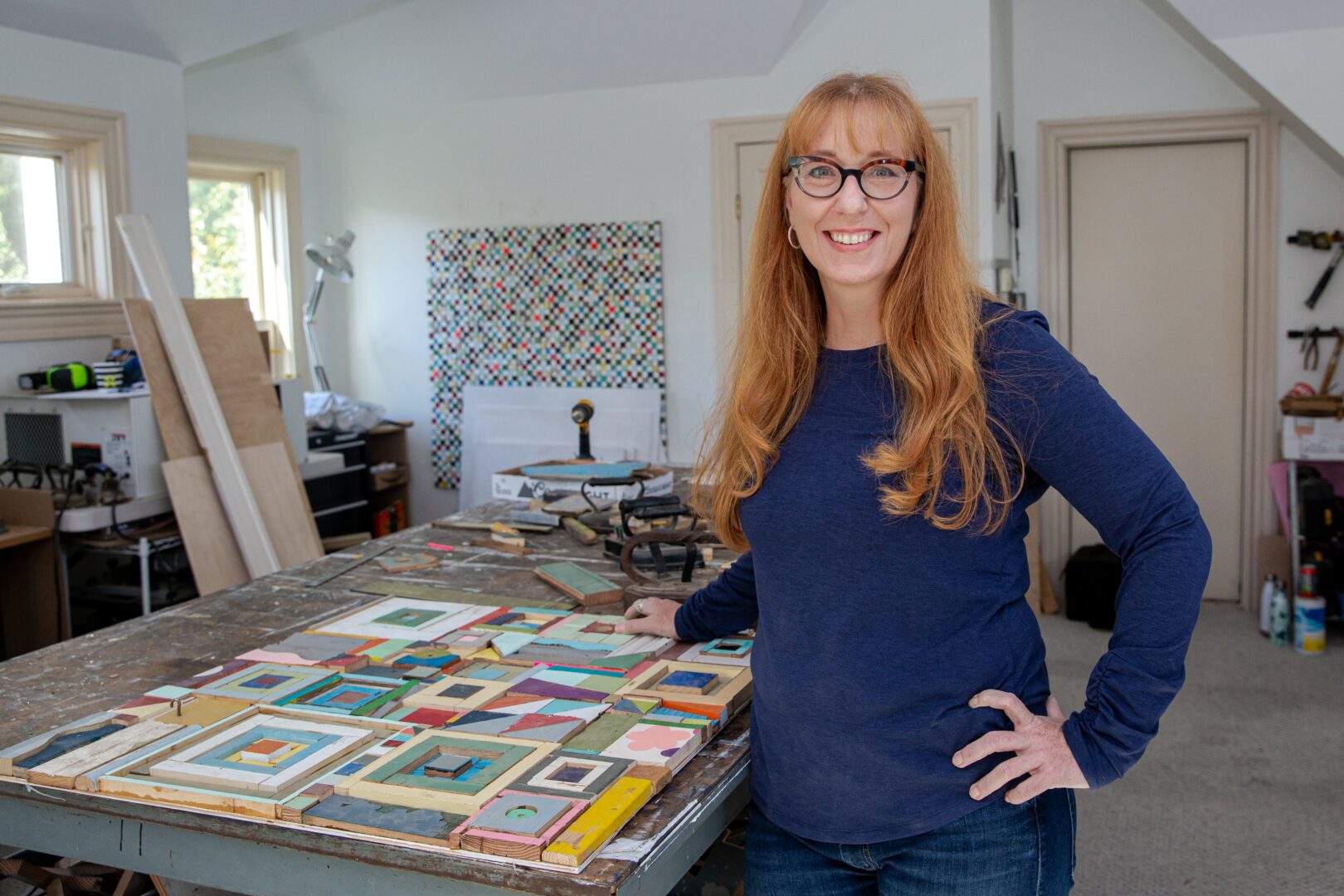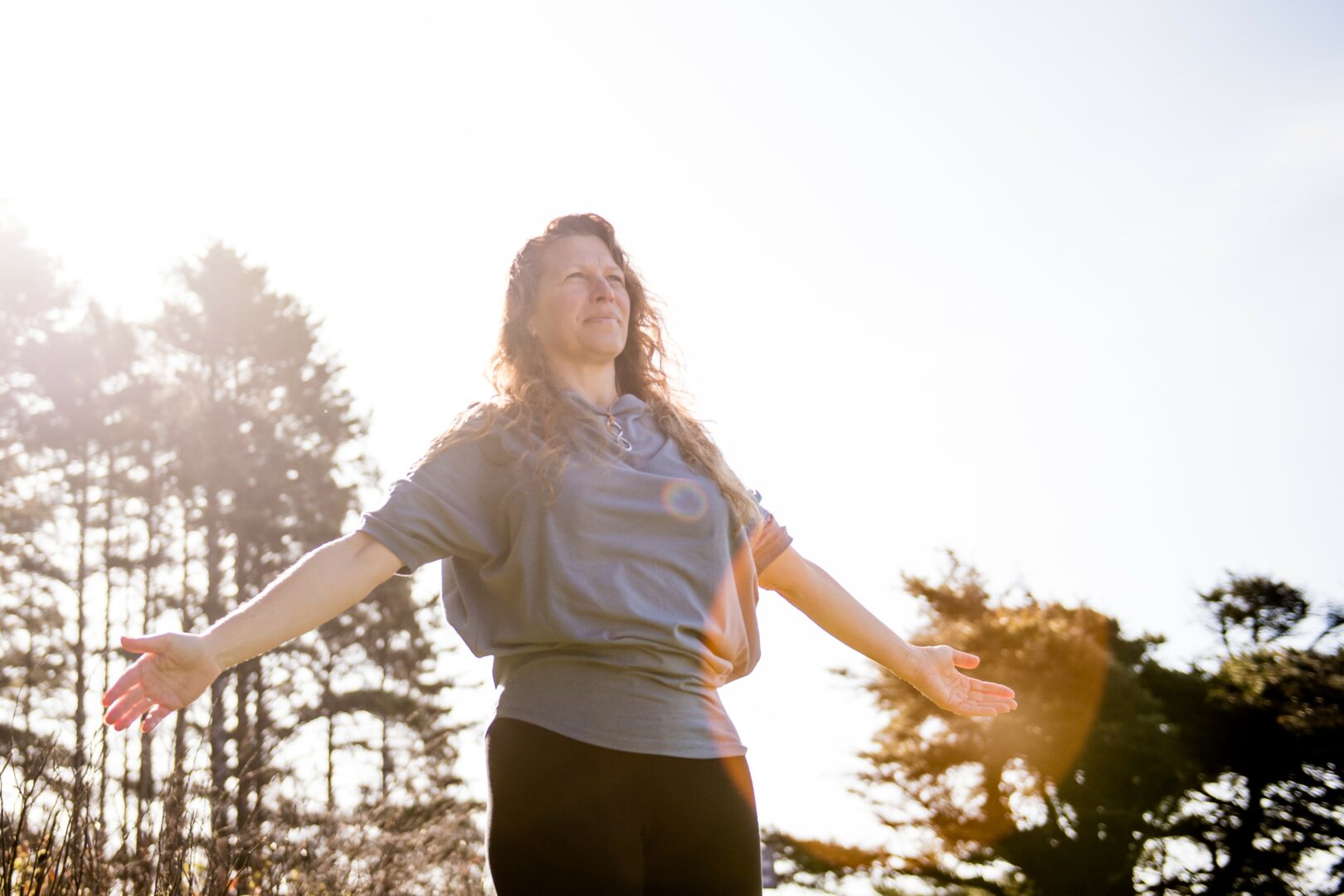We’re looking forward to introducing you to Laura Petrovich-Cheney. Check out our conversation below.
Laura, a huge thanks to you for investing the time to share your wisdom with those who are seeking it. We think it’s so important for us to share stories with our neighbors, friends and community because knowledge multiples when we share with each other. Let’s jump in: What is something outside of work that is bringing you joy lately?
Gardening absolutely brings me joy. I’m a Master Gardener as well as an artist, and the two really feed each other. Time in the garden shapes the way I think about making art.
Nature has its own rhythms—planting, blooming, letting go—and those cycles echo my creative process. They remind me why I create in the first place.
I volunteer in the gardens at the Peabody Essex Museum and at Newhall Fields Community Farm in Peabody. For me, it’s not just about tending plants—it’s about connecting with people. Side by side, while weeding or planting, conversations naturally bloom.
Gardening is more than fresh air and dirty hands. It sparks my imagination. It keeps me grounded and inspired at the same time.
Can you briefly introduce yourself and share what makes you or your brand unique?
Hi, I’m Laura Petrovich-Cheney. I’m a visual artist, educator, and writer. My work is about resilience—finding beauty and meaning in what’s been broken and transforming it into something whole.
I create wall sculptures I call “wood quilts.” Instead of fabric, I use salvaged wood—often from homes destroyed during Hurricane Sandy, including my own. That storm changed everything for me: I lost both my home and my parents’ home, and soon after, I lost both my parents. Out of that devastation, I began working with the wood fragments left behind, arranging them into patterns inspired by quilting and weaving. It became my way of processing grief while also creating hope and repair.
The process itself carries risk. I work with heavy equipment—bandsaws, mitre saws, table saws, sanders—cutting, fitting, and balancing fragile, weathered wood into something stable and beautiful. I never paint the surfaces; their color comes from their history. Every piece holds a story, and together they form something new.
The grid, for me, is about how we build order—both in our environments and in nature itself. You see it in architecture, city streets, weaving, and even in the Fibonacci sequence of plants. There’s something deeply pleasing about grids: they’re steady, reassuring, and familiar. In my work, the grid becomes a way to hold memory and create balance out of chaos.
At its core, my practice is about transformation: taking what’s been discarded or damaged and reimagining it as survival, repair, and renewal. I want my work to remind people that even in loss, there’s always the possibility for something lasting and beautiful to emerge.
Appreciate your sharing that. Let’s talk about your life, growing up and some of topics and learnings around that. What did you believe about yourself as a child that you no longer believe?
As a child, I believed I had to pick just one thing to be—a writer, an artist, or a teacher. What I’ve learned is that creativity has many lives and shows up in many forms. Over the years, it’s taken me from writing to fashion design, from teaching to gardening, from sewing fabric quilts to creating salvaged wood “quilts.”
I no longer believe you only get one version of yourself. There are countless iterations in a lifetime, and each one feeds the next. That realization has brought me a real sense of freedom and joy in both my work and my life.
What did suffering teach you that success never could?
Suffering taught me something success never could: how to keep creating even when the outcome is uncertain. Rejection, loss, and disappointment strip things down to their essence. They force you to ask why you’re doing the work in the first place—and for me, the answer has always been that making art is how I make sense of the world.
An artist’s career will break your heart like no other love can. But that heartbreak has also made me more resilient, more experimental, and more open to reinvention. I’ve learned that a “no” isn’t the end of the story; it’s an invitation to pivot, rethink, or deepen my practice. Success feels wonderful, but it doesn’t shape you the way surviving setbacks does. That’s where grit, empathy, and authenticity are forged.
I think our readers would appreciate hearing more about your values and what you think matters in life and career, etc. So our next question is along those lines. Is the public version of you the real you?
I’ve often thought of my social media presence—especially Instagram—as a kind of best, digital version of myself. It’s curated, polished, and sometimes looks more perfect than real life ever is. I’m always trying to find a balance between showing my work in its best light and showing up as myself. It’s not easy.
My newsletters feel more authentic because the people reading them have chosen to be there. They want the stories and the insights. Instagram, on the other hand, can feel like a performance—like trying to fit your whole messy, evolving self into a perfect square.
Is the public version of me the “real” me? It’s one side of me, but not the whole story. The real me is in the studio with bad hair and no makeup, in the garden with dirt under my nails, or in the classroom surrounded by kids’ energy and chaos. Social media is just a window—it’s never the full view.
Before we go, we’d love to hear your thoughts on some longer-run, legacy type questions. What do you think people will most misunderstand about your legacy?
People may not realize how much my early experiences shaped both my life and my art. I’ve explored those connections in my writing, including my Boston Globe essay on Jaws (July 7, 2025), where I examined fractured family memory as a way of understanding storytelling and survival.
I think of legacy not just as something passed through family, but through creativity—through words, images, and ideas that endure. My wood quilts, essays, and teaching are all ways of piecing fragments into something whole.
If my work is remembered, I hope it shows that legacy can take many forms—built through connection, imagination, and the courage to tell your story.
Contact Info:
- Website: https://www.lauracheney.com
- Instagram: https://www.instagram.com/laurapetrovichcheney/
- Linkedin: https://www.linkedin.com/in/laura-petrovich-cheney-354a1a30/
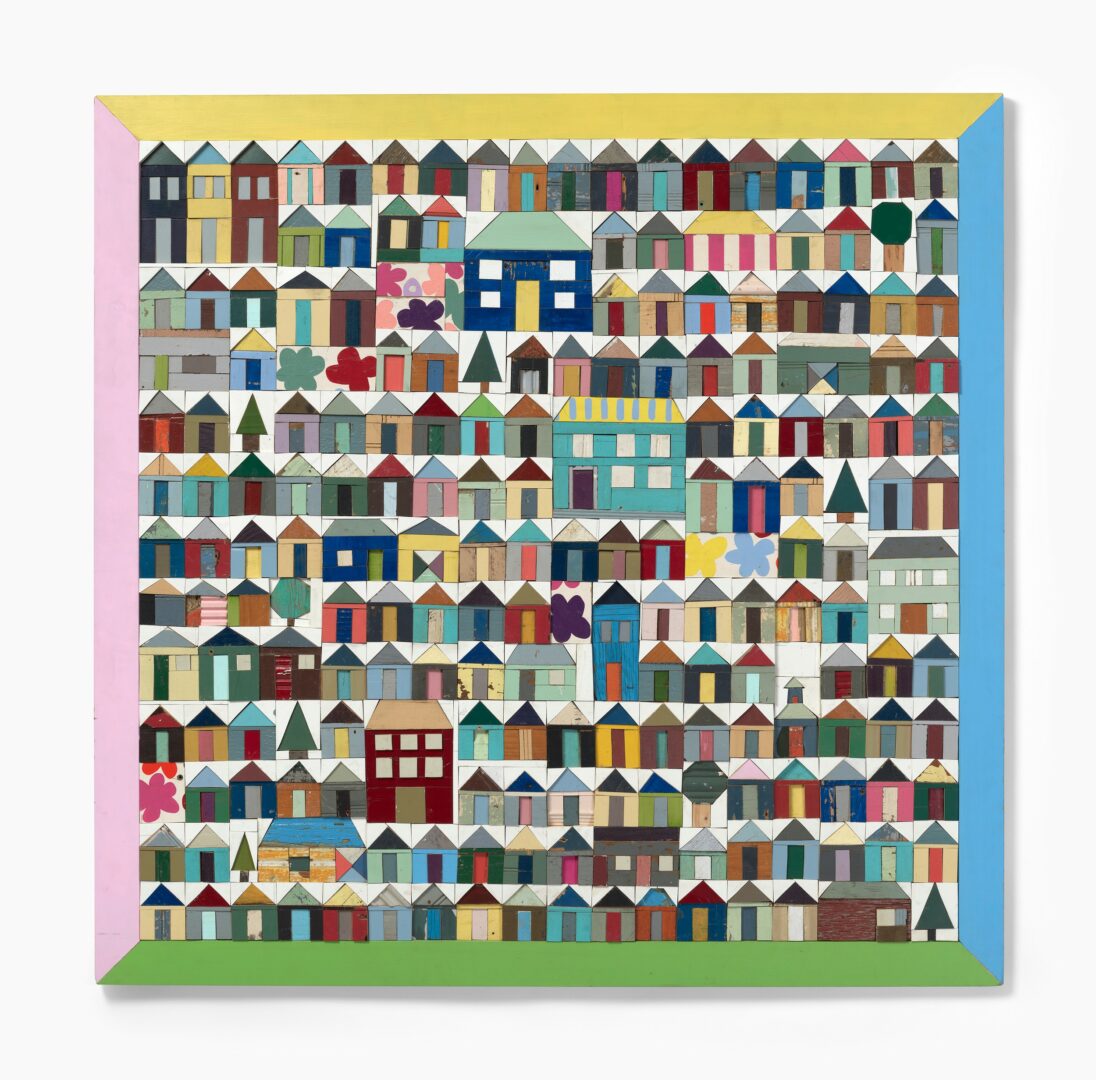
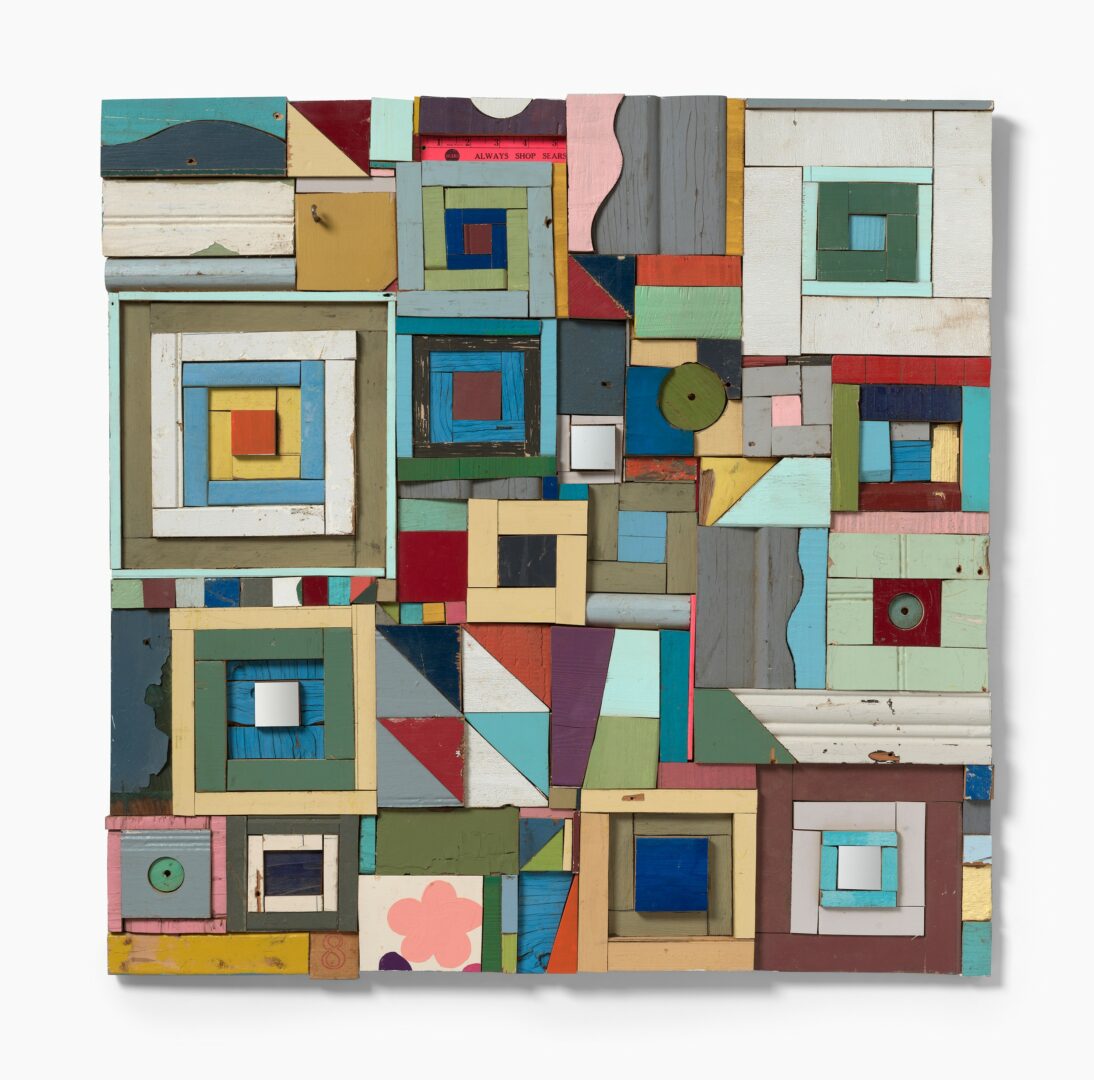
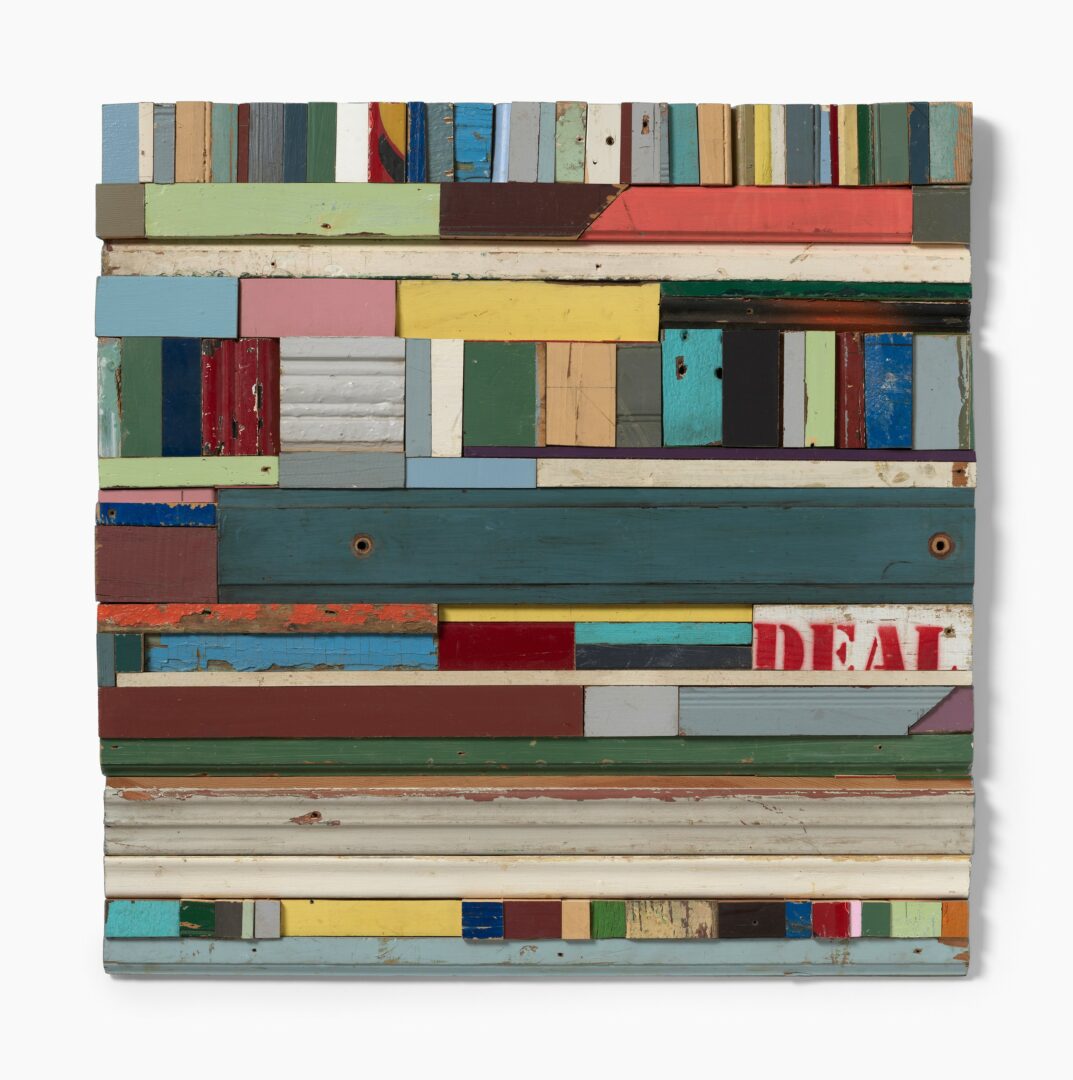


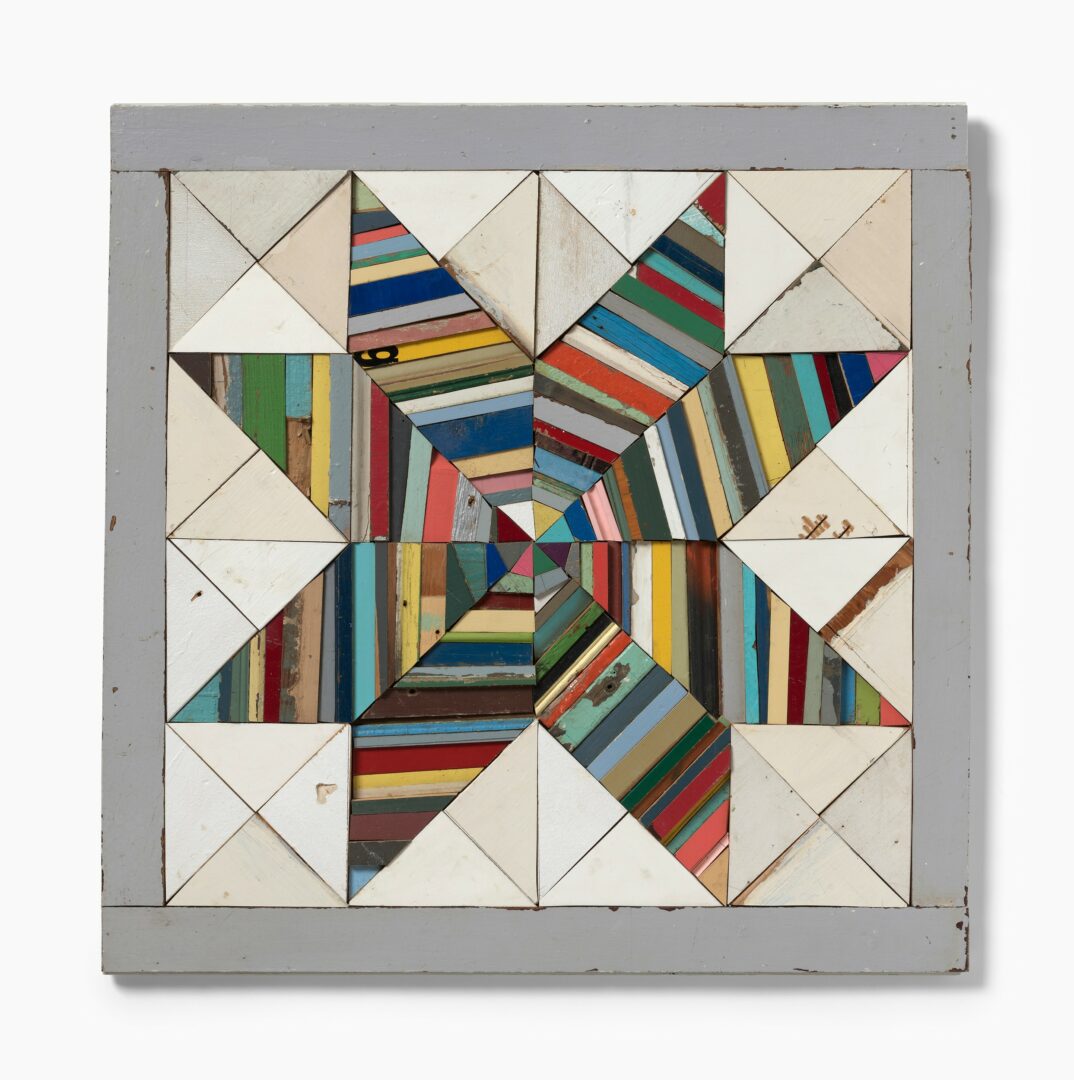
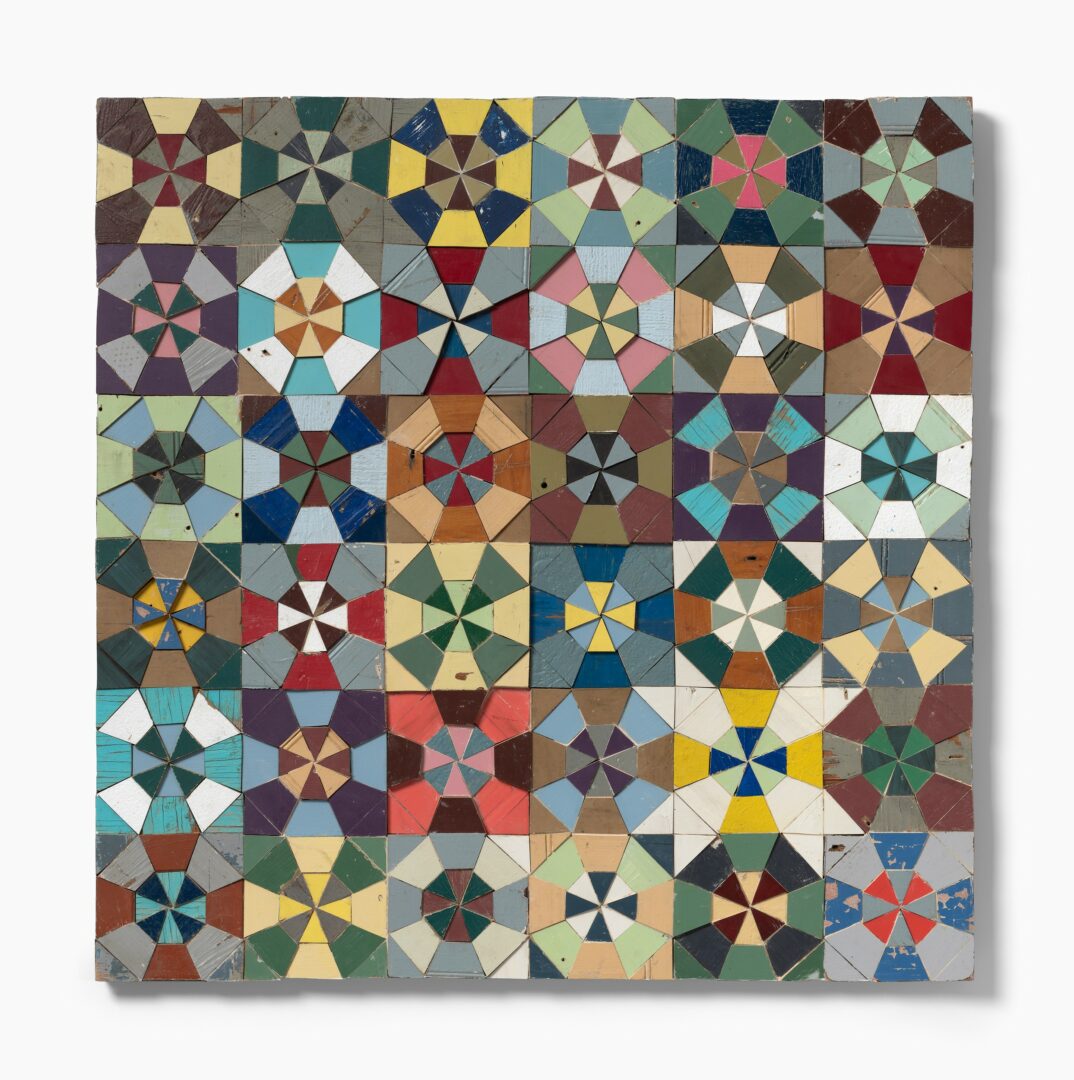
Image Credits
image of me: Anna Wistran Wolfe
image of my work: Julia Featheringill
so if you or someone you know deserves recognition please let us know here.

